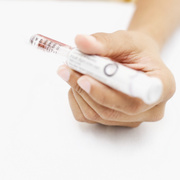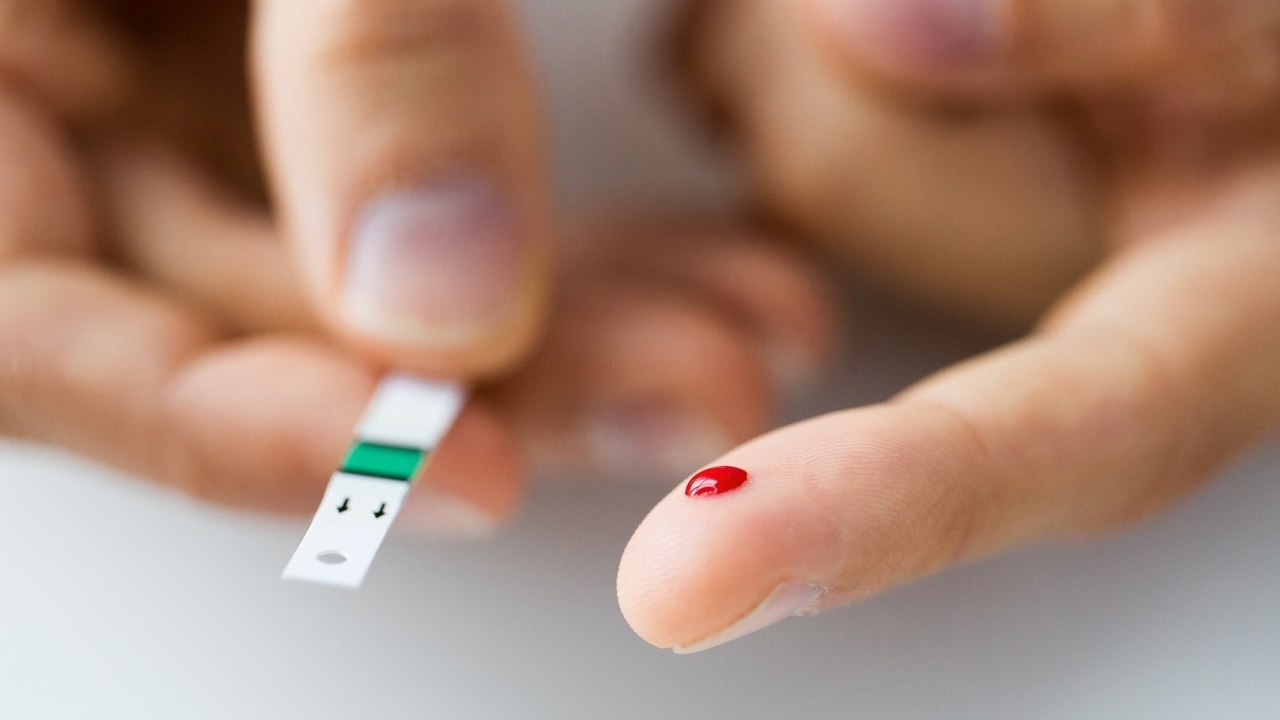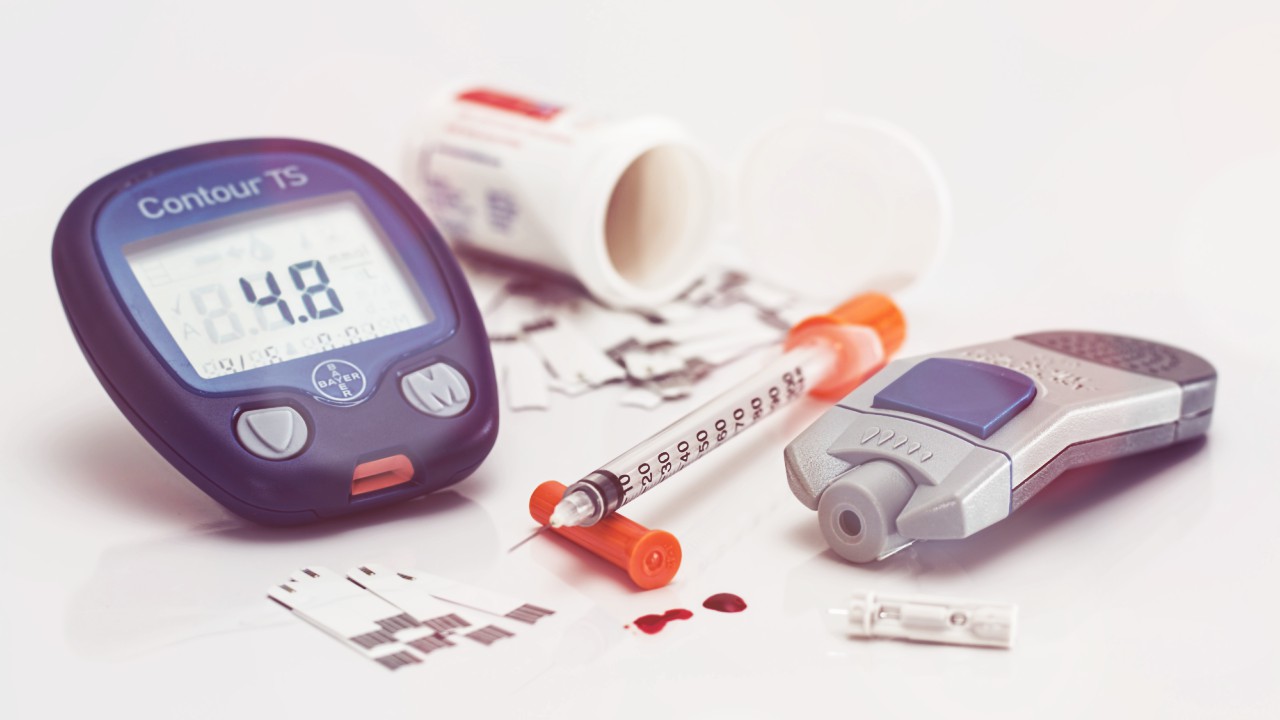 Stockbyte/Thinkstock
Stockbyte/Thinkstock
For people living with type 1 diabetes, rotating injection or insertion sites is important.
According to Diabetes Forecast magazine, Belinda Childs, MN, ARNP, BC-ADM, CDE, “Repeatedly injecting any medication or drug into the same area may result in scarring of the skin and the tissue under the skin. This can happen with insulin. Repeatedly injecting into the same site or near the same site can cause lumps. The lumps or tough skin from repeated injections sometimes are called lipohypertrophy. This type of tissue feels spongy and does not consistently absorb the insulin, which can lead to unexplained high or low blood glucose levels. Rotating your injection sites and avoiding the scarred areas for at least six months will help reduce the scar tissue at these overused sites.”
According to a Johns Hopkins Health Alert, the following tips can help you choose a good pattern for rotating sites.
Injection tip 1
Give yourself injections in the abdomen, avoiding the area within two inches of your navel. Inject into the outsides of your upper arms, upper thighs, hips and buttocks.
Injection tip 2
Alternate injection sites within the preferred areas rather than between them. You could inject on the left side of your abdomen for awhile, making sure to space injections at least an inch or so apart.
Then, when you complete a circuit of the left side, switch your injections to the right. By the time you return to your starting position, the tissue on the left abdomen will have had time to rest and heal.
Injection tip 3
Choose to use a different area for each insulin -- say, the abdomen for long-acting insulin, and the upper thighs for before-meal insulin shots. Again, switch sides for your injections to allow time for the tissue to recover.
Injection tip 4
Be consistent. Due to variations in blood flow, the body absorbs insulin most rapidly in the belly area, followed by the arms, thighs, and hips or buttocks.
Ideally you want your insulin to be absorbed at about the same rate each time you inject. This makes for more consistent and predictable control of blood sugar, avoiding dips and peaks.
Otherwise, if you do notice an unexpected change in your blood sugar, how will you know what caused it? Was it exercise, a meal, or your medication?
Some other ways to rotate are to inject in the shape of the letter M or letter W on each side of your abdomen, alternate left and right legs, arms or buttocks.
Picturing a clock around your abdomen can be beneficial as well. Inject at twelve, then move to the one o’clock spot. Continue on the hour points as you go, allowing more time to heal between injections.
Sources:
“Am I injecting insulin properly?” Web. Forecastdiabetes.org. June 6, 2012.
http://forecast.diabetes.org/magazine/ask-experts/am-i-injecting-insulin-properly
“How Injection Site Rotation Can Help You Control Your Diabetes” web. Johnshopkinshealthalerts.com. June 6, 2012.
http://www.johnshopkinshealthalerts.com/alerts/diabetes/JohnsHopkinsHealthAlertsDiabetes_949-1.html
Reviewed June 8, 2012
by Michele Blacksberg RN
Edited by Jody Smith





Add a CommentComments
There are no comments yet. Be the first one and get the conversation started!